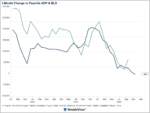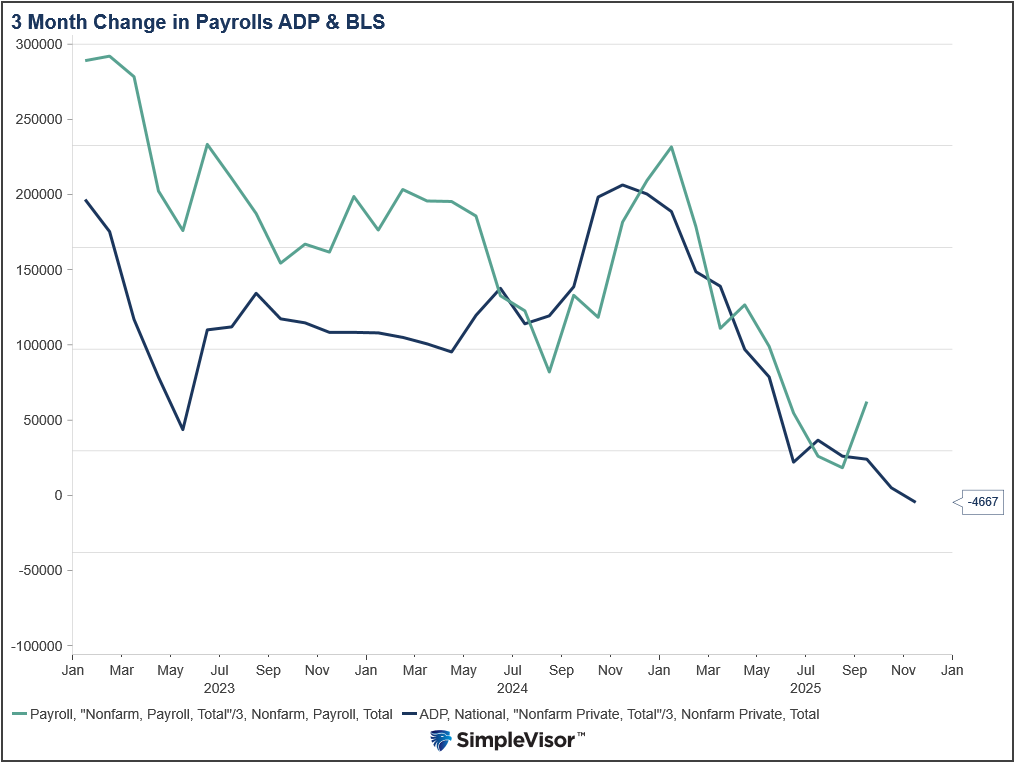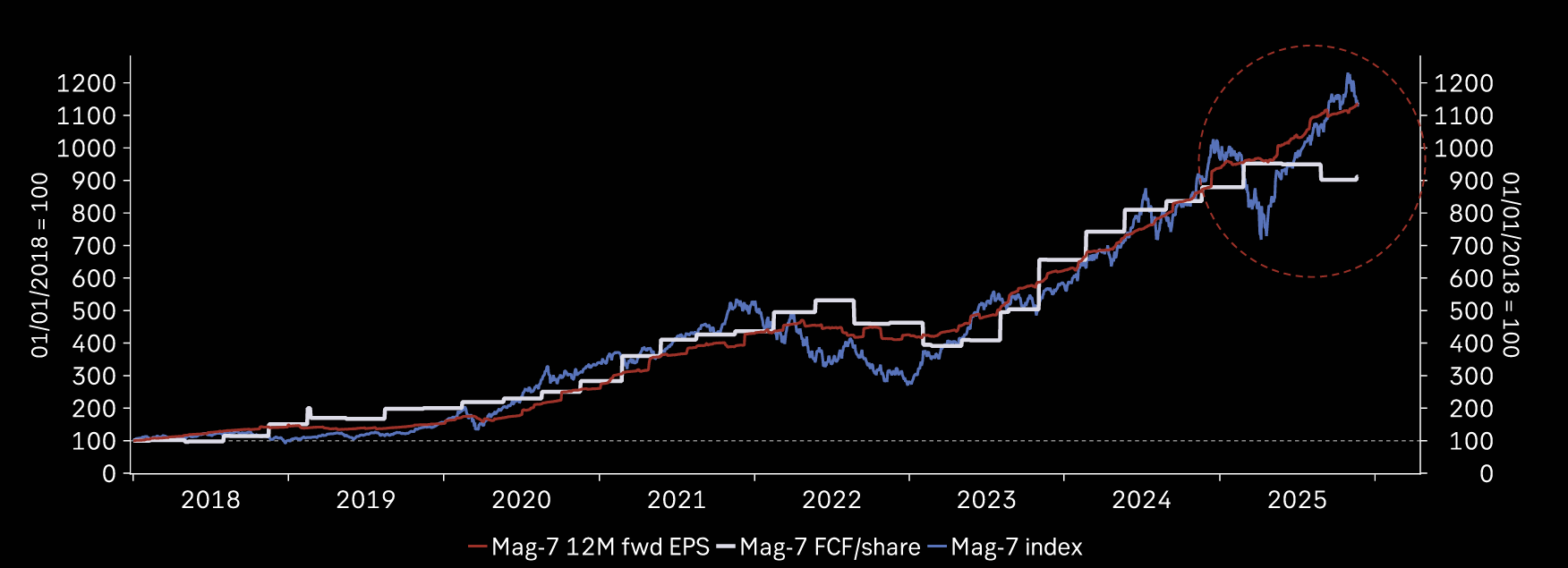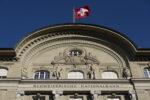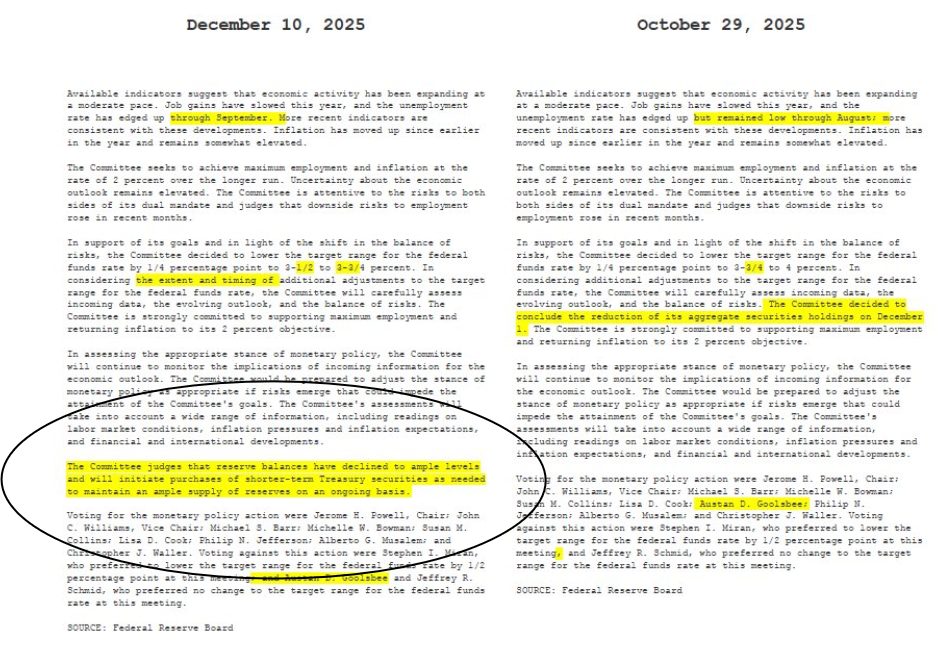Overview: The euro traded below parity for the second time this year and sterling extended last week’s 2.5% slide. While the dollar is higher against nearly all the emerging market currencies, it is more mixed against the majors. The European currencies have suffered the most, except the Norwegian krone. The dollar-bloc and yen are also slightly firmer. The week has begun off with a risk-off bias. Nearly all the large Asia Pacific equity markets were sold. Chinese indices were a notable exception following a cut in the loan prime rates. Europe’s Stoxx 600 is off by around 1.20%, the most in a month. US futures are more than 1% lower. The Asia Pacific yields rose partly in catch-up to the pre-weekend advance in US yields, while today, US and European benchmark 10-year yields are slightly lower. The UK Gilt stands out with a small gain. Gold is being sold for the sixth consecutive session and has approached the (61.8%) retracement of the rally from last month’s low (~$1680) that is found near $1730. October WTI is soft below $90, but still inside the previous session’s range. US natgas is up 2.4% to build on the 1.6% gain seen before the weekend. It could set a new closing high for the year. Gazprom’s announcement of another shutdown of its Nord Stream 1 for maintenance sent the European benchmark up over 15% today. It rose almost 20.3% last week. Iron ore rose for the first time in six sessions, while September copper is giving back most of the gains scored over the past two sessions. September wheat rallied almost 3% before the weekend and is off almost 1% now.
Asia Pacific
Following the 10 bp reduction in benchmark one-year Medium-Term Lending Facility Rate at the start of last week, most observers expected Chinese banks to follow-up with a cut in the loan prime rates today. They delivered but in a way that was still surprising. The one-year loan prime rate was shaved by five basis points to 3.65%, not even matching the MLF reduction. On the other hand, the five-year loan prime rate was cut 15 bp to 4.30%. This seems to signal the emphasis on the property market, as mortgages are tied to the five-year rate, while short-term corporate loans are linked to the shorter tenor. The five-year rate was last cut in May and also by 15 bp. Still, these are small moves, and given continued pressures on the property sector, further action is likely, even if not immediately.
In addition to the challenges from the property market and the ongoing zero-Covid policy, the extreme weather is a new headwind to the economy. The focus is on Sichuan, one of the most populous provinces and a key hub for manufacturing, especially EV batteries and solar panels. It appears that the aluminum smelters (one million tons of capacity) have been completed halted. The drought is exacerbating a local power shortage. Rainfall along the Yangtze River is nearly half of what is normally expected. Hydropower accounts for a little more than 80% of Sichuan power generation and the output has been halved. Officials have extended the power cuts that were to have ended on August 20 to August 25. Factories in Jiangsu and Chongqing are also facing outages. According to reports, Shanghai's Bund District turned off its light along the waterfront.
Japan's Prime Minister Kishida tested positive for Covid over the weekend. He will stay in quarantine until the end of the month. In addition to his physical health, Kishida's political health may become an issue. Support for his government has plunged around 16 percentage points from a month ago to slightly more than 35% according to a Mainchi newspaper poll conducted over the weekend. The drag appears not to be coming from the economy but from the LDP's ties with the Unification Church. Meanwhile, Covid cases remain near record-highs in Japan, with almost 24.8k case found in Tokyo alone yesterday. Others are also wrestling with a surge in Covid cases. Hong Kong's infections reached a new five-month high, for example.
The dollar reached nearly JPY137.45 in Tokyo before pulling back to JPY136.70 in early European turnover. It is the fifth session of higher highs and lows for the greenback. The upper Bollinger Band (two standard deviations above the 20-day moving average) is near JPY137.55 today. We suspect the dollar can re-challenge the session high in North America today. The Australian dollar is proving resilient today after plunging 3.45% last week. It is inside the pre-weekend range (~$0.6860-$0.6920). Still, we like it lower. Initial support is now seen around $0.6880, and a break could spur another test on the lows. That pre-weekend low coincides with the (61.8%) retracement of the rally from last month's low (~$0.6680) to the high on August 11 (~$0.7135). The Chinese yuan slumped to new lows for the year today. For the second consecutive session, the dollar gapped higher and pushed through CNY6.84. The PBOC set the dollar's reference rate at CNY6.8198. While this was lower than the CNY6.8213, it is not seen as much as a protest as an at attempt to keep the adjustment orderly.
Europe
Gazprom gave notice at the end of last week that gas shipments through the Nord Stream 1 pipeline would be stopped for three days (August 31-September 2) for maintenance. The European benchmark rose nearly 20.3% last week and 27% this month. It rose 35.2% last month and 65.5% in June. The year-to-date surge has been almost 380%. The energy shock seems sure to drive Europe into a recession. The flash August PMI out tomorrow is expected to see the composite falling further below the 50 boom/bust level. Bundesbank President Nagel, who will be attending the Jackson Hole symposium at the end of this week recognized the risk of recession but still argued for the ECB rate increases to anchor inflation expectations. The record from last month's ECB meeting will be published on Thursday. There are two keys here. First, is the color than can be gleaned from the threshold for using the new Transmission Protection Instrument. Second, the ECB lifted its forward guidance, which we argue is itself a type of forward guidance. Is there any insight into how it is leaning? The swaps market prices in another 50 bp hike, but a slight chance of a 75 bp move.
The German 10-year breakeven (difference between the yield of the inflation linked bond and the conventional security) has been rising since last July and approached 2.50% last week. It has peaked in early May near 3% before dropping to almost 2% by the end of June. It is notable that Italy's 10-year breakeven, which has begun rising again since the third week of July, is almost 25 bp less than Germany. Several European countries, including Germany and Italy, have offered subsidies or VAT tax cut on gasoline that have offset some of the inflation pressures. Nagel, like Fed Chair Powell, BOE Governor Bailey, and BOJ Governor Kuroda place much emphasis on lowering wages to bring inflation down. Yet wages are rising less than inflation, and the cost-of-living squeeze is serious. They take for granted that business are simply passing on rising input costs, including labor costs, but if that were true, corporate earnings would not be rising, which they have. Costs are being passed through.
Later this week, the UK regulator will announce the new gas cap for three months starting in October. Some reports warn of as much as an 80% increase. It is behind the Bank of England's warning that CPI could hit 13% then. The UK's wholesale benchmark has soared 47.5% this month after an 83.7% surge last month. Gas prices in the UK have nearly tripled this year. The UK's 10-year breakeven rose by 38 bp last week to 4.29%, a new three-month high. Although the UK economy shrank slightly in Q2 (0.1%), the BOE warned earlier this month that a five-quarter recession will likely begin in the fourth quarter. Unlike the eurozone, the UK's composite PMI has held above the 50 boom/bust level. Still, it is expected to have slowed for the fourth month in the past five when the August preliminary figures are presented tomorrow.
The euro and sterling extended their pre-weekend declines. The euro slipped below parity to $0.9990. The multiyear low set last month was near $0.9950. The break of parity came in the early European turnover. Only a recovery of the $1.0050-60 area helps stabilizes the tone. Speculators in the futures market extended their next short euro position in the week through August 16 to a new two-year extreme and this was before the euro's breakdown in the second half of last week. The eurozone's preliminary August composite PMI due tomorrow is expected to show the contraction in output deepened while the market is expecting the Fed's Powell to reinforce a hawkish message on US rates. After falling to almost $1.1790 before the weekend, sterling made a marginal new low today, closer to $1.1780. The two-year low set last month was near $1.1760. The $1.1850-60 area offers an initial cap. Strike activity that hobbled the trains and underground spread to the UK's largest container port, Felixstowe, which handles about half of the country's containers. An eight-day strike began yesterday. Industrial activity is poised to spread, and this is prompting Truss and Sunak who are locked in a leadership challenge, to toughen their rhetoric against labor.
America
This is a busy week for the US. First, there is supply. Today features $96 bln in bills. Tomorrow sees a $60 bln three-week cash management bill and $44 bln 2-year notes. On Wednesday, the government sell another $22 bln of an existing two-year floating rate note, and $45 bln five-year note. Thursdays sale includes four- and eight-week bills and $37 bln seven-year notes. There are no long maturities being sold until mid-September.
The economic data highlights include the preliminary PMI, where the estimate for services is forecast (median in Bloomberg's survey) to recover from the drop below the 50 boom/bust level. In the middle of the week, the preliminary estimate of July durable goods is expected. Shipments, which feed into GDP models is expected to rise by 0.3%. The revision of Q2 GDP the following day tends not to be a `big market movers. Friday is the big day. July merchandise trade and personal income and consumption measures are featured. Like we saw with the CPI, the headline PCE deflator is likely to ease while the core measure proves a bit stickier. Shortly after they are released, Powell addresses the Jackson Hole gathering.
Canada has a light economic diary this week, but Mexico's a bit busier. The highlight for Mexico will be the biweekly CPI on Wednesday. Price pressures are likely to have increased and this will encourage views that Banxico will likely hike by another 75 bp when it meets late next month (September 29). The July trade balance is due at the end of the week. It has been deteriorating sharply since February and likely continued.
The US dollar rose more than 1% against the Canadian dollar over the past three sessions. It edged a little higher today but stopped shy of the CAD1.3035 retracement objective. Initial support is seen near CAD1.2975-80. With sharp opening losses expected for US equities, it may discourage buying of the Canadian dollar in the early North American activity. The greenback is rising against the Mexican peso for the fifth consecutive session. However, it has not taken out the pre-weekend high near MXN20.2670. Still, the next important upside technical target is closer to MXN20.3230, which corresponds to the middle of this month's range. Support is now seen near MXN20.12.
Full story here Are you the author? Previous post See more for Next post
Tags: #USD,Bundesbank,China,COVID,Currency Movement,Featured,Germany,Japan,Mexico,newsletter,U.K.,US
















